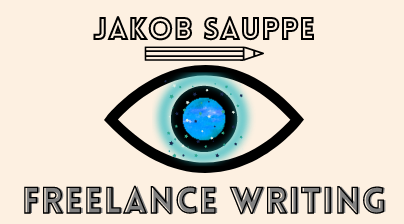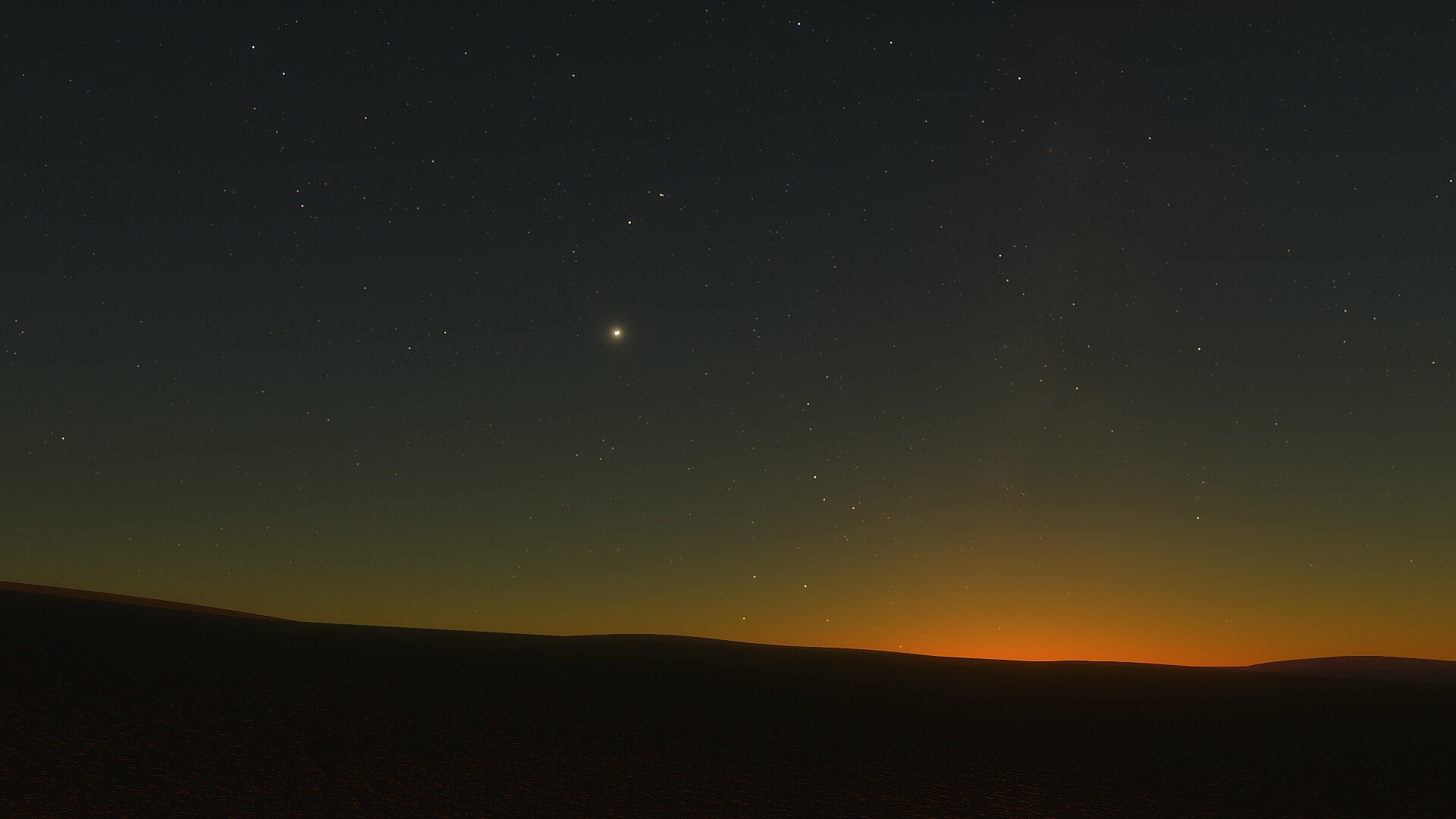4 Important Tips for Viewing the Great Conjunction of 2020
Images made with Space Engine
The Great Conjunction of 2020 is almost upon us! In a little under a week, Jupiter and Saturn will join forces in the night sky, outshining all the stars and almost appearing like a single point of light to the naked eye.
This rare celestial event occurs once every 20 years, but this particular conjunction will be the closest conjunction in almost 400 years. You don’t want to miss it!
But where do you look to catch it? And when? What’s the best way to observe this moment where the planets will literally align?
Here are a few pointers to take advantage of the Great Conjunction of 2020 on December 21st.
1. Don’t Wait Too Late
Perhaps the only downside of this Great Conjunction will be the length of time you have to enjoy it. Jupiter and Saturn are already low to the horizon after the sun sets right now, and are steadily dipping out of sight earlier and earlier every evening. As a result, the window in which the conjunction will be visible is quite small this go-around.
On December 21st, both Jupiter and Saturn will set at roughly 7:18 p.m. EST (2:18 p.m. UTC). Considering nautical twilight (the time of dusk when the brightest night sky objects become visible) begins at roughly 6:00 p.m. that evening, Jupiter and Saturn might be visible as early as 5:30 p.m. or so. This means that, assuming perfect conditions, you might have about and hour and a half to enjoy the conjunction.
The optimal observation time, however, will begin around 6:30 p.m., when astronomical twilight (the time of dusk when the dimmest night sky objects are visible) begins.
So whether you’re observing with your naked eye or planning an outing with a telescope, don’t wait too late! You could easily miss this rare event and be forced to plan your next chance at seeing it in 2040.
Jupiter and Saturn will easily appear in the same telescope view.
2. Pick a Good Observing Spot
As previously mentioned, the Great Conjunction will be appearing low to the horizon on the evening of December 21st. The two planets will be caught trailing just behind the sunset in the western sky.
No matter how you plan to catch this event, be sure you pick an observing location with good views to the west. This means no trees, buildings, or hills which might get in the way. You’re aiming for a spot which allows you to see the sunset dip as low to the horizon as you can. Such a place would guarantee the longest time to view the conjunction.
Because of the conjunction’s brightness that evening, light pollution will not affect your viewing too much. Nevertheless, traveling to darker skies will always enhance the heavens, and there are still plenty of fantastic sights to behold in the December night sky after Jupiter and Saturn retire for the evening: Mars, the Orion Nebula, and even the Andromeda Galaxy will be lurking in the stars. Find a secluded, rural place for a celestial treat later in the evening!
The Great Conjunction from space around Earth.
3. Adjust Your Telescope Zoom
If you plan to observe the conjunction with a telescope, be sure that the magnification of your eyepiece will allow you to see both planets at once. One of the highlights of this particular Great Conjunction will be the planets’ extremely close proximity to one another.
With a decent field of view in your telescope, both planets should appear in great detail right beside one another and in the same view. Saturn will lounge in the top-right of your eyepiece while Jupiter takes it easy in the bottom-left (or reversed if you are using a reflector telescope). With just the right magnification, Jupiter’s impressive Galilean Moon system will be visible alongside Saturn’s rings and its largest moon, Titan. A rare sight to see, for sure!
Calibrate your telescope the night before the conjunction, if possible. Test your focal view and magnification on both Jupiter and Saturn to have an idea of what you can expect the next evening. The last thing you want is a mediocre view to correct while the conjunction is dropping out of sight!
(Note: if you plan to capture an image of the conjunction, it might be a good idea to take a few pictures of both planets on the previous evening as well.)
4. Take a Good Look!
Trust me—whenever rare celestial events roll around, it can be easy to get caught up in the planning and forget the entire reason you’re out there: to catch a glimpse of the phenomenon with your own eyes!
Whether you’re operating a telescope, binoculars, or relying on the good old fashioned naked eye, don’t forget to look at the conjunction! And a lot. This is a special one, and the next Great Conjunction won’t occur until 2040. Take a few mental snapshots and gather with friends to make the experience much more memorable.
The Great Conjunction will be visible from most latitudes across the globe, so make sure to take a few steps out the door and look to the west on the evening of December 21st!
Do you have any plans for the Great Conjunction of 2020? Any other tips you might recommend? Let me know!





